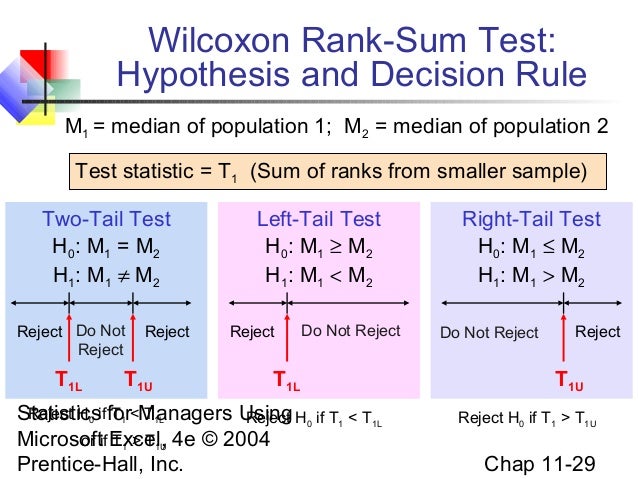
Even though supplier C has a lower fail rate of 10, you can see that the number of marginal results is higher. Not everything is as simple as yes/no or pass/fail. These results indicate the danger that we can get into when using discrete data. The product quality exam results are not independent of the suppliers. Model summary: The p-value is smaller than the alpha level (0.05) and we reject the null hypothesis.
Select “Count” as “Frequencies are in.”. Alternative Hypothesis (Ha): Product quality exam results depend on the suppliers. Null Hypothesis (H0): Product quality exam results are independent of the suppliers. Since the p-value is smaller than alpha level (0.05), we reject the null hypothesis and claim that at least one supplier has different pass rate from others.Ĭase study 2: We are trying to check whether there is a relationship between the suppliers and the results of the product quality exam using nonparametric (i.e., distribution-free) hypothesis test: chi-square test.ĭata File: “Chi-Square Test2” tab in “Sample Data.xlsx” Expected counts are based on the assumption that the null hypothesis is true. Model summary: Counts are based on the sample observation. The Chi-square test results appear in the session window. Click “OK” in the window named “Cross Tabulation and Chi-Square.”. Click “OK” in the window named “Cross Tabulation – Chi-Square.”. Check the boxes of “Chi-square analysis”, “Expected cell counts,” and “Each cell’s contribution to the Chi-Square statistic.”. A new window named “Cross Tabulation – Chi-Square” pops up. A new window named “Cross Tabulation and Chi-Square” pops up. Click Stat → Tables → Cross Tabulation and Chi-Square. Steps to run a chi-square test in Minitab: Alternative Hypothesis (Ha): At least one of the suppliers has different pass rates from the others. distribution-free) hypothesis test: chi-square test.ĭata File: “Chi-Square Test1” tab in “Sample Data.xlsx” Use Minitab to Run a Chi-Square TestĬase study 1: We are interested in comparing the product quality exam pass rates of three suppliers A, B, and C using a nonparametric (i.e. The test statistic is calculated with the observed and expected frequency. If (calculated chi-square statistic) is smaller than (critical value), we fail to reject the null hypothesis. N is the number of cells in the contingency table. When np ≥ 5 and np(1 – p) ≥ 5, the binomial distribution can be approximated by the normal distribution. The underlying distribution of each population is binomial distribution. #CHI SQUARE TEST MINITAB TRIAL#
There are only two possible outcomes in each trial for an individual population: success/failure, yes/no, and defective/non-defective etc.The sample data drawn from the populations of interest are unbiased and representative.Alternative Hypothesis (H a): Factor 1 is not independent of factor 2.Null Hypothesis (H 0): Factor 1 is independent of factor 2.In other words, it can be used to test whether there is any statistically significant relationship between two discrete factors. The chi-square test can also be used to test whether two factors are independent of each other. The symbol k is the number of populations of our interest k ≥ 2. Alternative Hypothesis (H a): At least on of the proportions is different from others.Null Hypothesis (H 0): p 1 = p 2 =… = p k.There are multiple chi-square tests available and in this module we will cover the Pearson’s chi square test used in contingency analysis. a specified value, and the proportions of two populations, but what do we do if we want to analyze more than two populations? A chi-square test is a hypothesis test in which the sampling distribution of the test statistic follows a chi-square distribution when the null hypothesis is true. \(E=\dfrac=0.276+0.216+0.141+0.110=0.We have looked at hypothesis tests to analyze the proportion of one population vs. The table below includes the row and column totals. We are given the observed values in the table above.

In order to compute the chi-square test statistic we must know the observed and expected values for each cell.





 0 kommentar(er)
0 kommentar(er)
